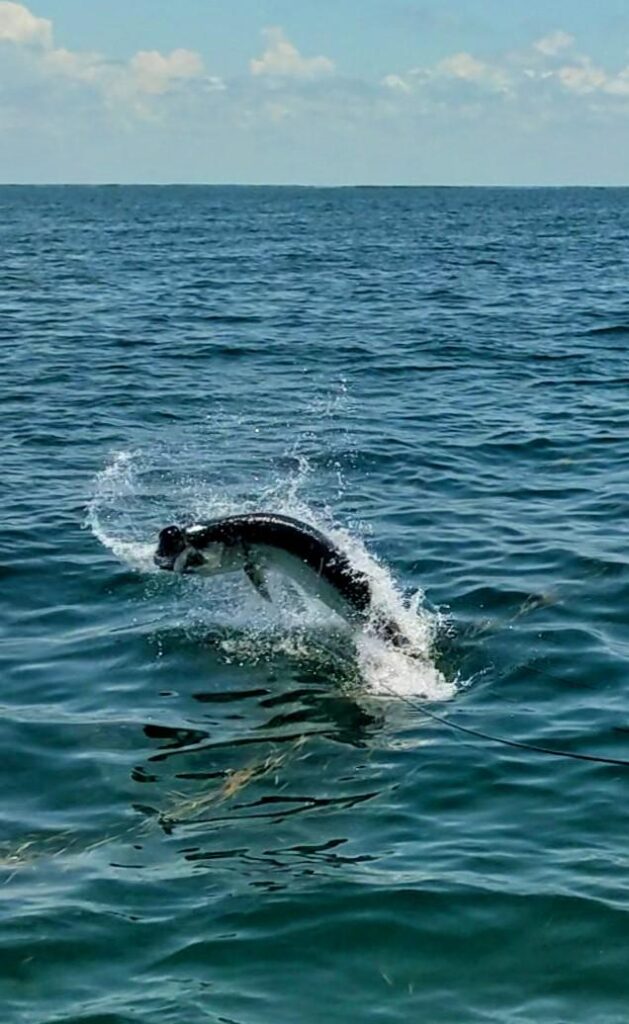
Catching a tarpon on fly in Homosassa, Florida, is one of those bucket list trips that many traveling anglers look forward to year after year. With its rich history in the world of fly-fishing (especially tarpon fly fishing) Homosassa has always been one of those mythical destinations for anglers seeking the thrill of targeting a fish of a lifetime. But it’s not just the fish that brings anglers from all over the world to these flats year after year. It’s the combination of crystal clear water, pristine shallow flats, and large hungry fish that make this destination the special place that it is today.
The Homosassa River and surrounding spring fed rivers provide ideal habitats for Nature Coast tarpon, offering a mix of shallow flats, channels, and mangrove-lined shorelines where these fish can be found. The tradition of tarpon fishing in Homosassa dates back many decades, with the area becoming known for its world-class tarpon fishing records back in the 1970’s. Those early anglers that visited Homosassa spoke of a fishery like none other on the planet, a place where tarpon were undiscovered, unmolested, and large.
Over the years, Homosassa has lost some of its prestige as storms and other man made occurrences have affected the migrating numbers of tarpon. Still to this day Homosassa has regained its reputation as a top destination for fly fishermen looking to target tarpon. The challenge of hooking and landing a large tarpon on fly tackle is in the DNA of anyone that picks up a fly rod, and the waters of Homosassa provide the perfect setting for this pursuit.
Here are some tips for catching Giant Homosassa tarpon:
- Location: Targeting deep holes known for tarpon activity during the early morning hours is the best bet. As the sunrises the fish begin to feed and it’s at these times where the most strikes occur. During the afternoon look for areas with calm waters, such as shallow flats, river mouths, or near oyster bars where tarpon tend to feed.
- Tackle: Use a sturdy fly rod (typically 10-12 weight) with a matching reel that can handle the strength and size of a tarpon. Make sure to use a 60-100lb fluorocarbon leaders and class tippets ranging from 12-20lb to withstand the fish’s powerful runs. Try using lighter tippets for finicky tarpon or when there are lots of sharks around.
- Flies: Select appropriate fly patterns that mimic the baitfish or crustaceans that tarpon feed on. Popular flies for tarpon include deceivers, tarpon bunnies, and EP flies in colors like orange, black, and chartreuse.
- Presentation: When casting, try to place your fly close to the tarpon without spooking them. Make accurate casts and allow the fly to sink before starting your retrieve. Tarpon are known to be selective, so be patient and observe their behavior to adjust your presentation.
- Fight: Once a tarpon takes your fly, be prepared for an exciting battle. Tarpon are known for their acrobatics and powerful runs, so be ready to let them run and use the drag on your reel to tire them out gradually.
CAPT. KYLE MESSIER
352-634-4002

Recent Comments